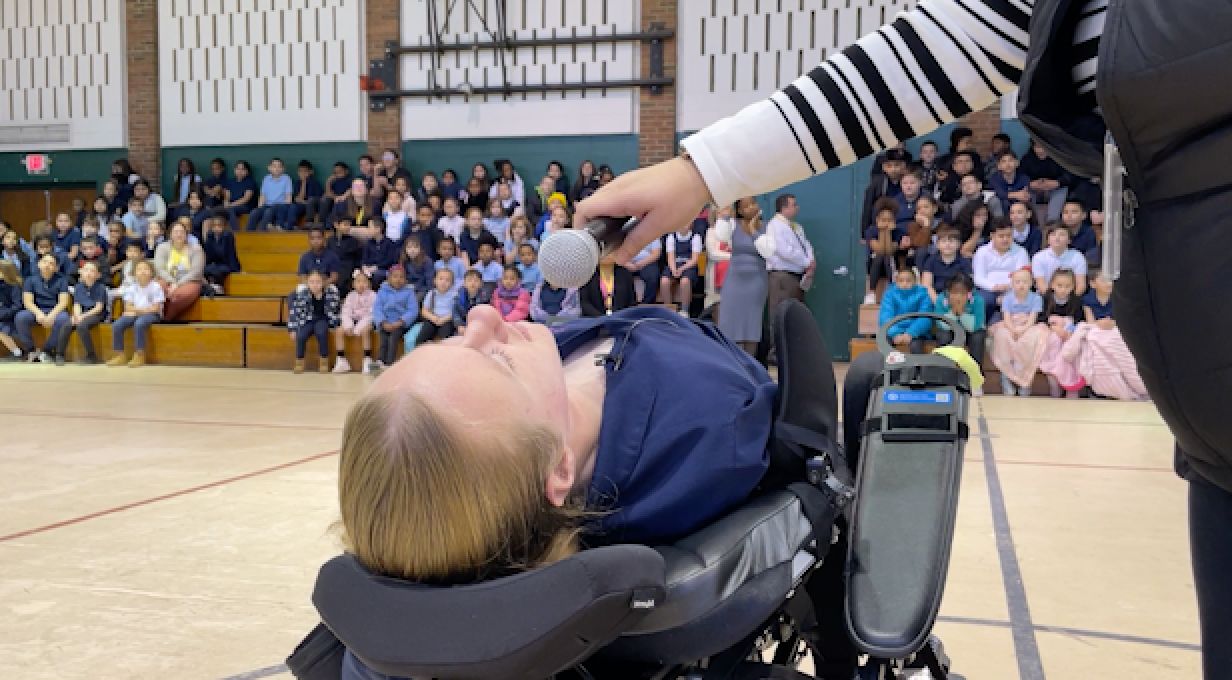CLEVELAND — A lot of people without disabilities may not know how to interact with people who do have disabilities.
To raise awareness for the disability community and teach those outside of it how to approach and interact with them, the Cuyahoga County Board of Developmental Disabilities put together a team of four people, called Good Life Ambassadors (GLAs), who travel to schools or other events to show that, in many ways, people with disabilities really aren’t that different from everyone else.
“I love being able to serve the disability community,” Breanna Sprenger, 22-year-old GLA, said. “And I love being able to educate others on disability awareness and disability etiquette.”
Sprenger was born without either of her legs and one of her arms and said it was sometimes hard to fit in when she was growing up.
She now travels to schools and other events with the GLAs to give tips for interacting with people with disabilities and talk about the importance of equity and inclusion.
“I am able to share my lived experiences everyday as a person with a disability, and I’m able to help educate others on any experiences I may have had, whether it’s good or bad, and just be able to show people that people with disabilities can live a successful life,” she said.
The GLAs presented to students at an elementary school on Cleveland’s west side in February.
They talk about topics ranging from making sure to include kids with disabilities to understanding wheelchair etiquette.
Sprenger said her wheelchair costs $80,000 and is an extension of her body.
“So, the person in the wheelchair knows how to drive their wheelchair best,” she said. “So it’s best not to touch their chair or try to drive it for them.”
The GLAs spend a lot of time showing students that people with disabilities can be very similar to others and encouraging students not to be afraid to ask questions.
They each shared their interests outside of work.
For Sprenger, she likes to swim and hang out with her friends.
By the end of the presentation, when students are asked what they learned, they say not to judge people who have disabilities or leave them out.
Sprenger said it feels good to know she helped them learn and hopes they carry it with them, so other kids with disabilities can feel included.
“I feel like we make a difference and impact our community by educating people,” she said.



